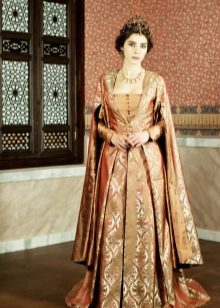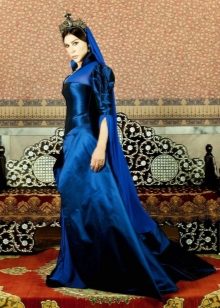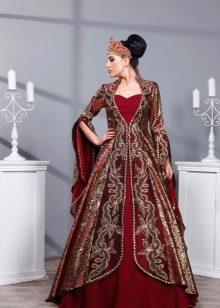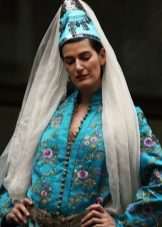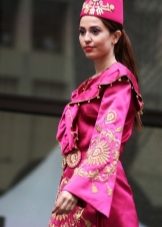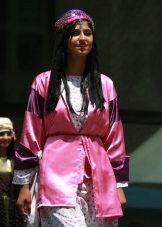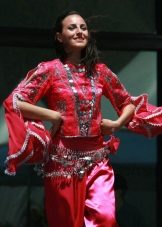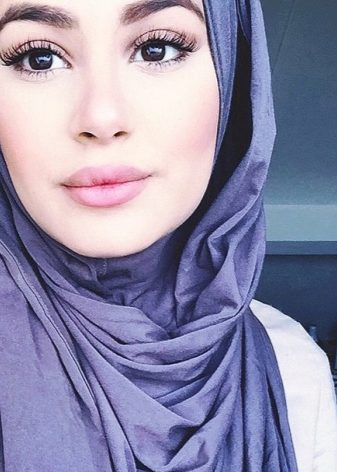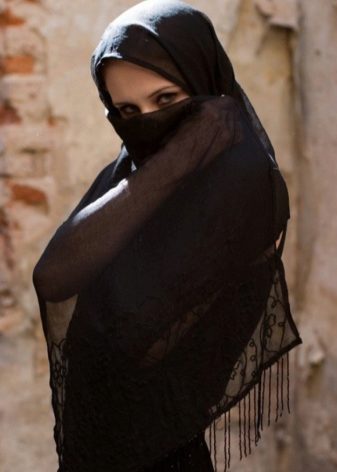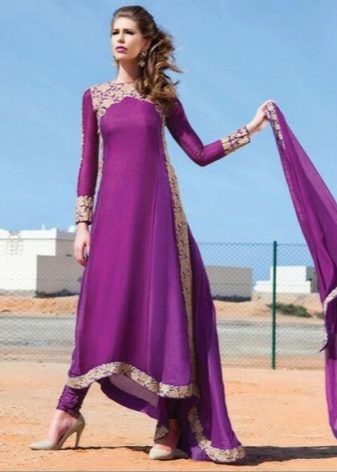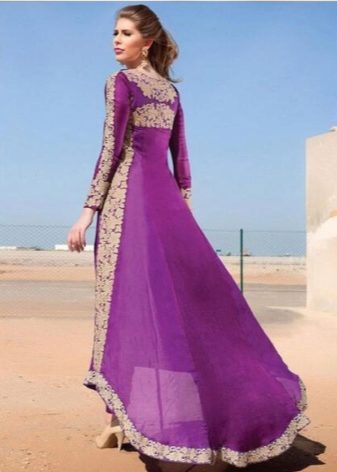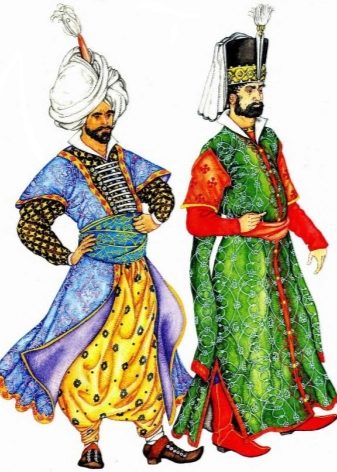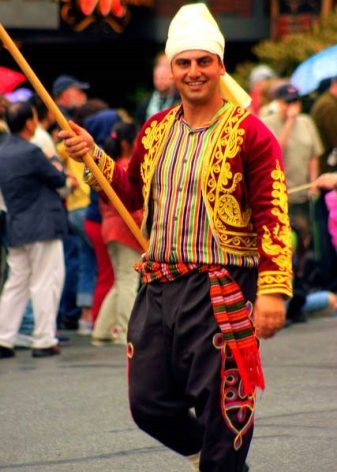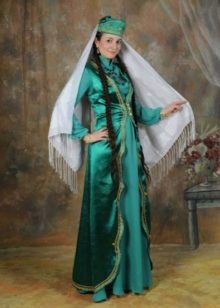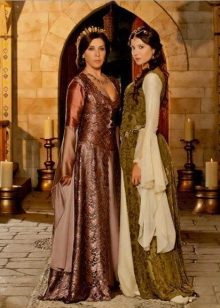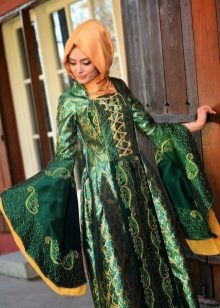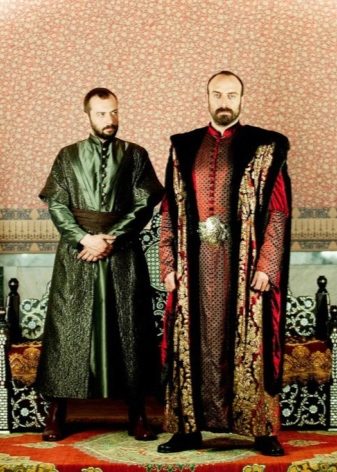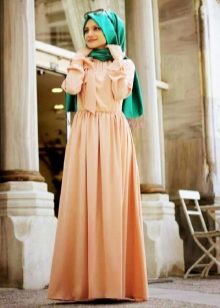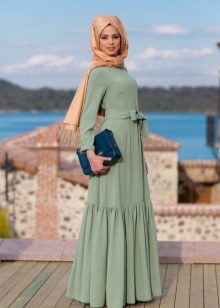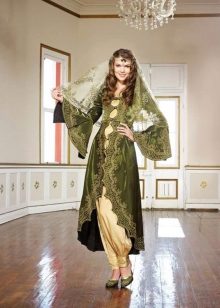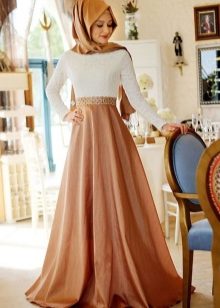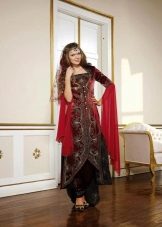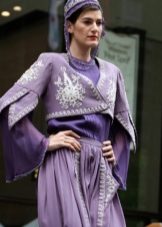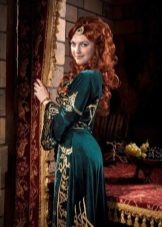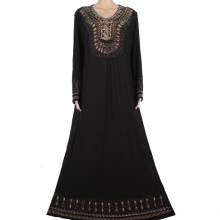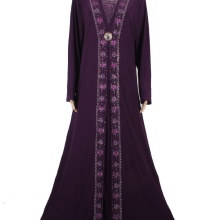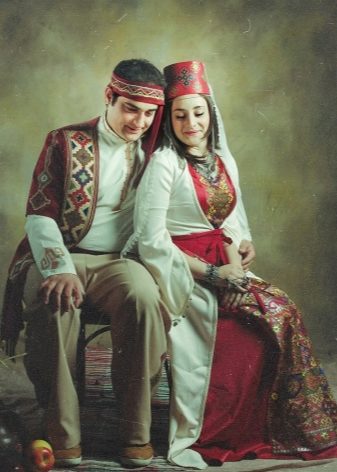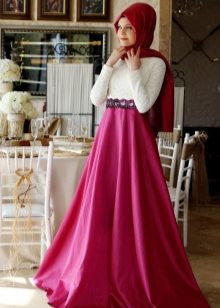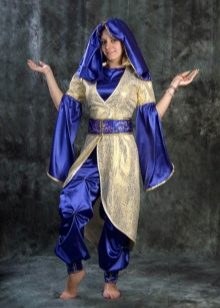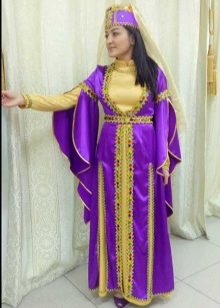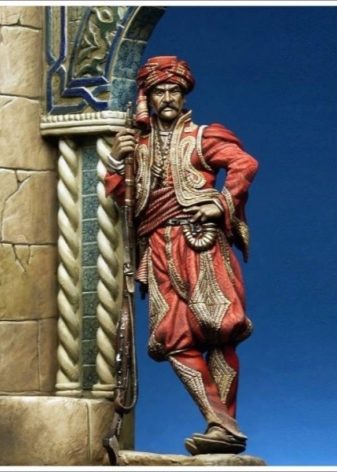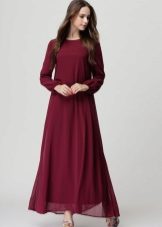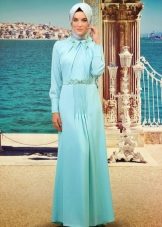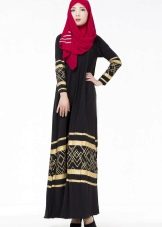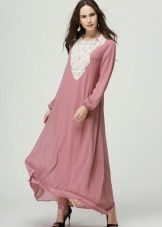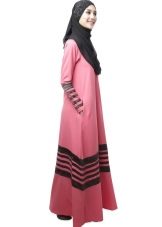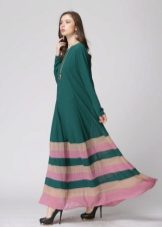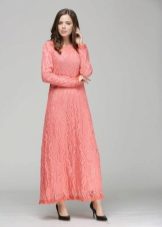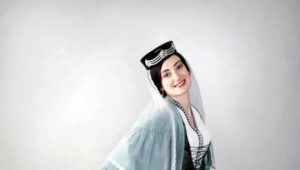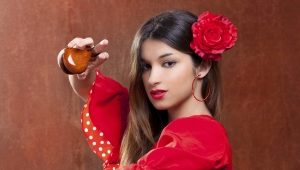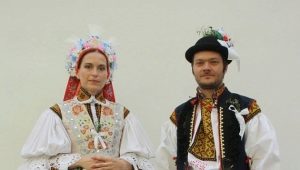Turkish national costume
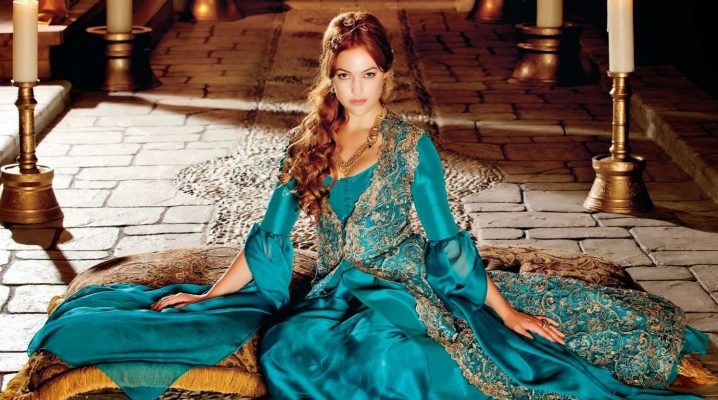
A bit of history
Historically, each ethnic group has its own national costume, reflecting its character and traditions. Turkey is a country with a rich history, an interlacing of different cultures, where for a long time there lived different nations with their own customs. This also influenced the appearance of people - clothing, which, subsequently, was perceived as part of the cultural heritage.
Clothing of the Ottoman Empire's heyday (approximately from the XVI) and previously played the role of a social indicator, a guideline that helps determine religious beliefs, wealth, place of service and marital status of any person. So, the first wife of the Sultan could wear the best clothes - silk dresses with a noticeable neckline, cuts from waist to the end of the hem and a belt inlaid with precious stones.
The appearance of Muslims and non-Muslims was regulated by special decrees, called "Ferman".
Muslim women wore spacious outerwear over cotton or muslin shirts, the collar shape of which ranged from round to triangular; mandatory was the availability of free pants. The constant attribute is the veil that covers the face, neck, shoulders in front and behind, leaving only the eyes open.
The head was covered with a cap - fez or - from the XVII century. - “hot coat” and a veil. Non-Muslims (Greek, Armenian, Jewish, Hungarian) could wear a Fustanella skirt, loose blue pants and tie a head with a satin (for Greek) or leather (for Armenian) scarf. Men-military issued trousers knee-deep.
As time went on, the national dress was changing. Separate elements were preserved, while preserving their original color; others disappeared altogether. What is the national costume of Turkey now?
Features
One of the features - each region of Turkey has its own variety of national costume. This is due to the specifics of each of these areas - one historically has always been richer than the other, or merchants have lived in one, and peasants in the other, and so on. However, this clothing still has a common thing - its details do not change from region to region. Only their cut and color, ornaments change. Baggy trousers (salvar, in the Russified version of “trousers”), for example, are presented both in traditional costumes of Central and Eastern Anatolia, and in clothes of the Aegean and Marmara Sea regions.
A typical feature is the layered clothing. Despite this, art critics note that during the times of the empire, Ottomans (and later Turkish women) were able to emphasize their figure and make the silhouette more attractive.
The colors of the national costume are dominated by bright shades, there is even some excessive flashiness of color - crimson, orange, yellow, green, blue and their shades. Dark colors and shades - black, blue, brown prevail in men's clothes. Shirts are usually white. Belts can be with stripes, additional laces of yellow and purple colors, or they can be made completely in muted red shades.
The cut of clothes is very loose, but at the same time it preserves the outlines of the figure as much as possible. By this, the national costumes of the Ottoman Empire differed from the Arab ones, where it was difficult to guess about the real silhouettes.
Many constructive approaches of this suit were, subsequently, borrowed. So, trousers still periodically become trendy models of pants. According to some information, the design of the “bat” sleeve is borrowed from the costume of this country.
The clothes were made and made of natural fabrics. Silk, taffeta, veil, velvet, fur - this is an incomplete list of fabrics. The undershirt was made of cotton or silk. If the clothes of the ladies from the secular society were decorated with embroidery, it was often performed with a gold or silver thread.
Varieties
Another characteristic feature of the national costume of the country - its components can be both male and female at the same time - this happens with bloomers and its other components - the bottom shirt, short jacket, belt.
Women's attire was complemented by a long dress with sleeves that cover the arms completely.
At present, the costume has been modernized in favor of practicality - the women's dress has become shorter - it can reach mid-calf or a little lower, the sleeve length is fixed in the wrist area.
Mandatory attribute - apron. Any of the dresses is decorated with embroidery of folk ornaments. Patterns are largely inspired by natural motifs.
In men's suit there was a special belt - a sash, which was usually worn over a short jacket. The “pockets” that turned out in such a construction were used to store all sorts of things that a man could take with him.
Clothing for children differs little from that intended for adults because of its versatility - perhaps by its size and the absence of expensive elements - embroidery and rare fabrics.
Accessories and shoes
A must-have accessory is a multi-layered and multi-colored shawl. Often used several scarves from different fabrics to comply with the tradition of completely covering the face, head, neck and shoulders. Sometimes there is a headdress with the front part, made of a veil.
Clothes are often decorated and decorated with precious and semi-precious stones, jewelry. A notable element of clothing are high socks with handmade embroidery. They completely cover the leg visible from under the pants or dress.
Men's headdress - fez or turban. Men's military suit (guessed by shortened pants) is supplemented with weapons - pistols, cannons and knives.
Shoes, as before, are sewn from the skin of domestic animals (gobies, sheep).
Modern models
The costume of the Marmara Sea region is interesting and elegant - the costume is replete with decorative elements - braid and embroidery on the jacket of a beautiful shade of sea wave. The presence of the bottom shirt adds volume to the bearer, which in the Eastern tradition is considered a sign of prosperity. The floral ornament on the pants and skirt is diluted with a somewhat geometric pattern on the apron. A bright accent in the form of a red headscarf and a red top dress, part of the sleeve of which is visible from under the jacket, contribute to the well-thought of the image. The attention is drawn to the geometric ornament of the headdress of the bearer, which matches the tone of the headscarf.
